In Images: Tigers Thrive in India National Park

A conservation success
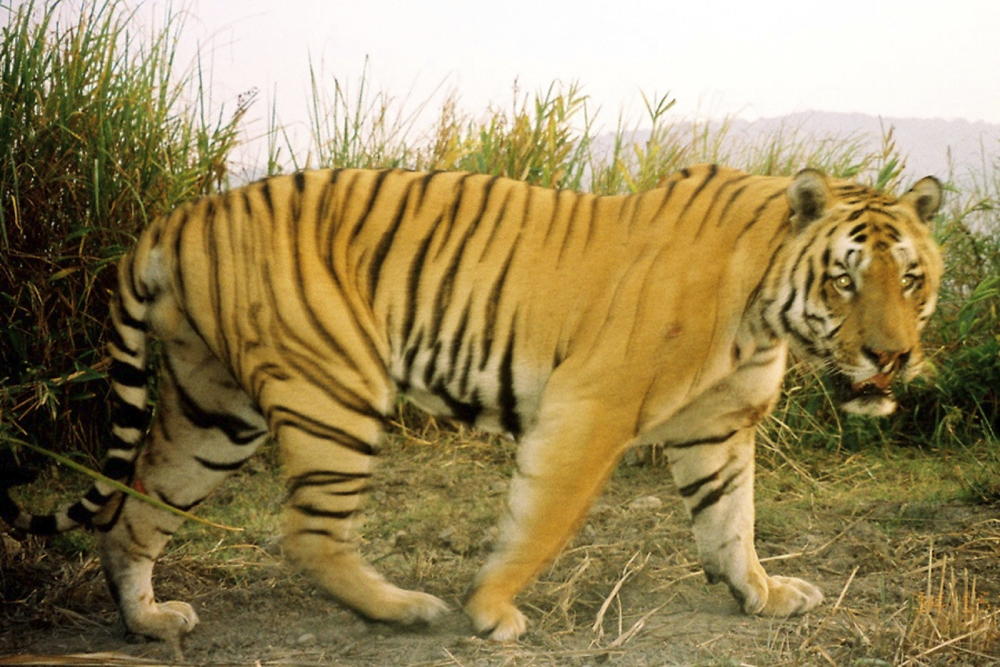
In India's Kaziranga National Park, tigers can grow fat feasting on hog deer, water buffalo and elephants. The park has the world's highest density of tigers, according to camera trap surveys conducted from 2009 to 2011 by Aaranyak, a non-profit wildlife conservation society in India.
Kaziranga is in India's northeastern Assam state, where tall grasslands and forest meet the foothills of the Himalayas. Though the park has a high density of tigers, the animals face pressures from poachers, said Firoz Ahmed, a conservation biologist with Aaranyak.
Aaranyak tracks tigers and wildlife in Kaziranga and other national parks and preserves throughout India to monitor the endangered species, which survive in about six percent of their historic range, Ahmed said. The group partners with Panthera, the World Wildlife Fund and other conservation societies.
The remote cameras also capture more than tigers. Rarely-seen animals such as the spotted linsang and the clouded leopard appeared in a camera trap survey Aaranyak conducted in Namdapha National Park in 2012. The park is east of Kaziranga, in the state of Arunachal Pradesh near India's border with Myanmar.
Namdapha Bengal tiger

One of two tigers identified during a 2012 survey of Namdapha National Park in India. Aaranyak, a conservation group in India, tracked the second tiger through DNA analysis of its poop.
Asiatic golden cat
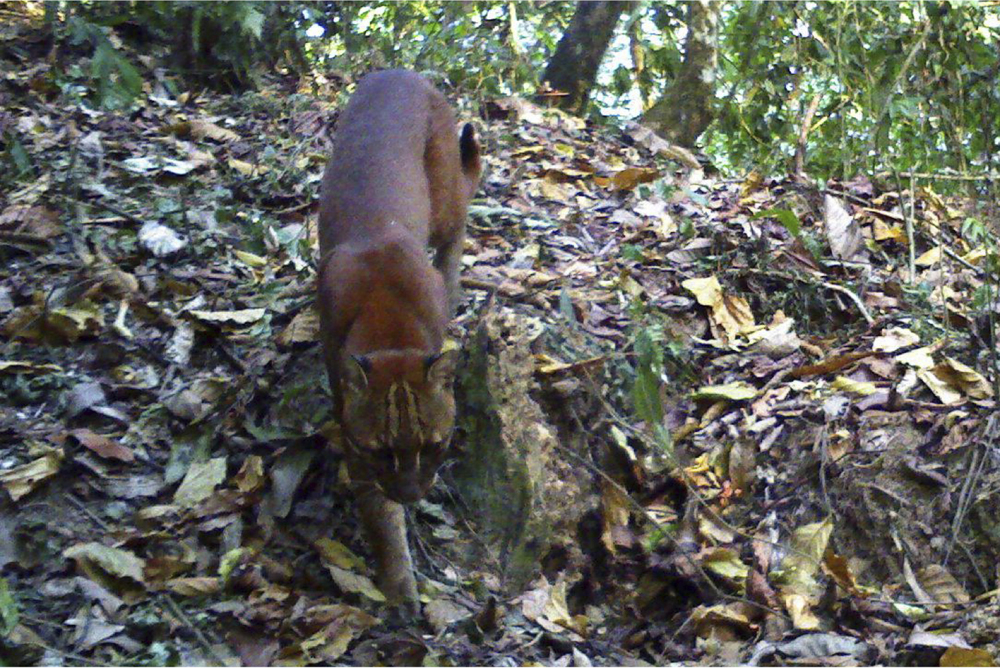
The Asiatic golden cat is one of many elusive animals caught on camera traps during a tiger survey in Namdapha National Park in northeastern India. The cats stand 22 inches (56 centimeters) tall at the shoulder and live throughout southeast Asia.
Spotted Linsang
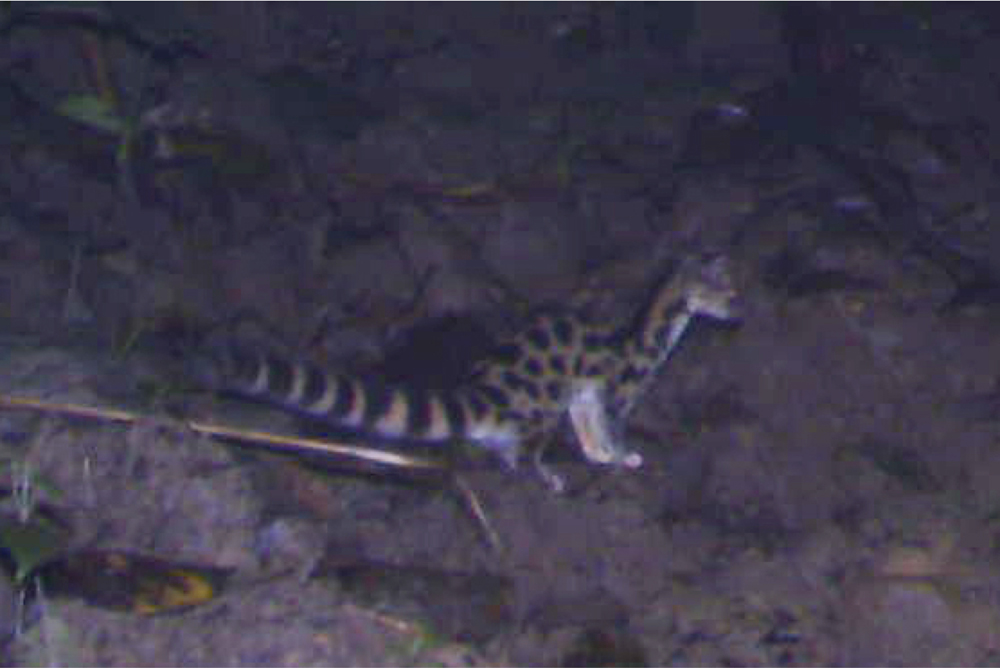
A rare picture of the spotted linsang from a 2012 tiger survey in Namdapha National Park in India. The small carnivore lives in trees and weighs only 2 pounds (1 kilogram).
Clouded Leopard
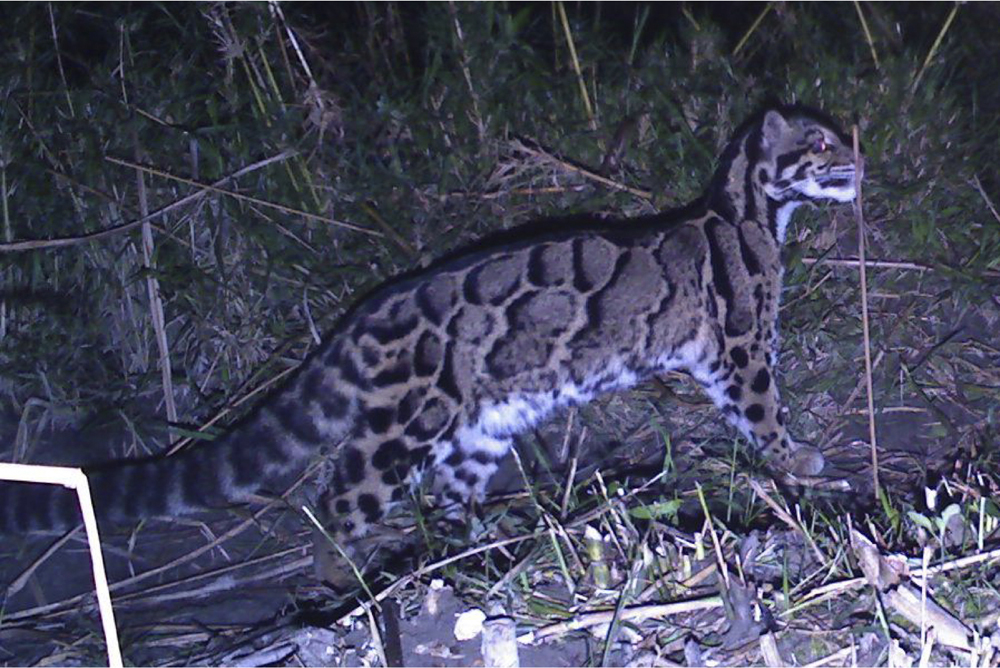
The clouded leopard is another reclusive cat humans rarely see in the wild, though camera traps are spotting the sleek animals more and more. Relative to body size, clouded leopards' long canines are the largest of all living cats, according to the Smithsonian National Zoological Park.
Tiger with hog deer
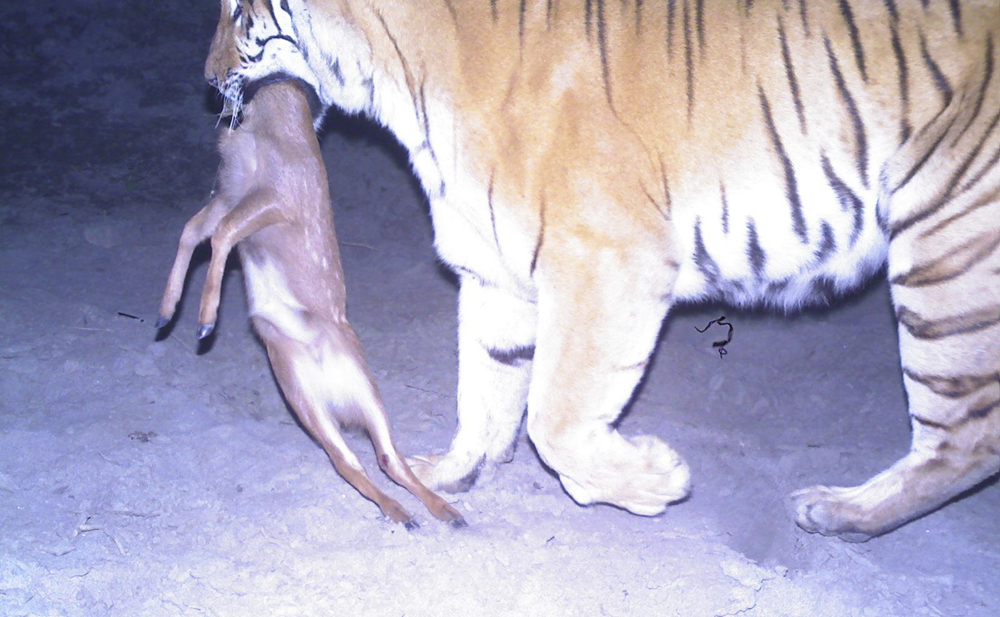
A tiger in India's Kazaringa National Park carries a hog deer. The small deer are like chicken for a tiger, providing about 65 pounds (30 kilograms) of meat, said conservation biologist Firoz Ahmed.
Tiger with cubs

A female tiger with two cubs. The third tiger may be the cub's father, said conservation biologist Firoz Ahmed. Female tigers mate with several males to prevent infanticide after they bear litters, he said.
Get the world’s most fascinating discoveries delivered straight to your inbox.
Pregnant tiger
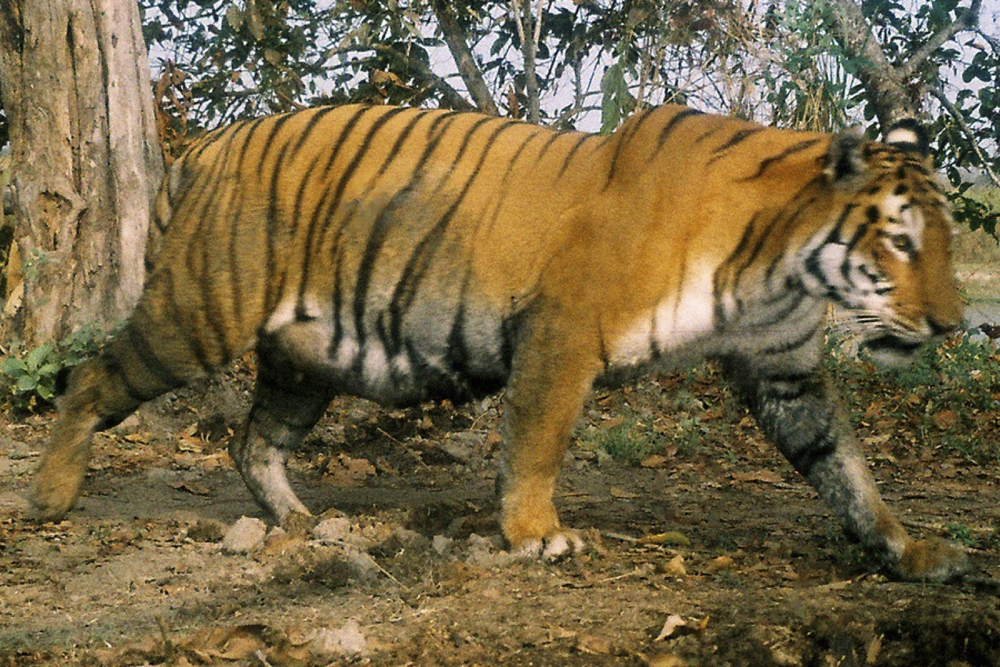
A heavily pregnant tiger passes in front of a camera trap in Kaziranga National Park in India.
Fat tiger
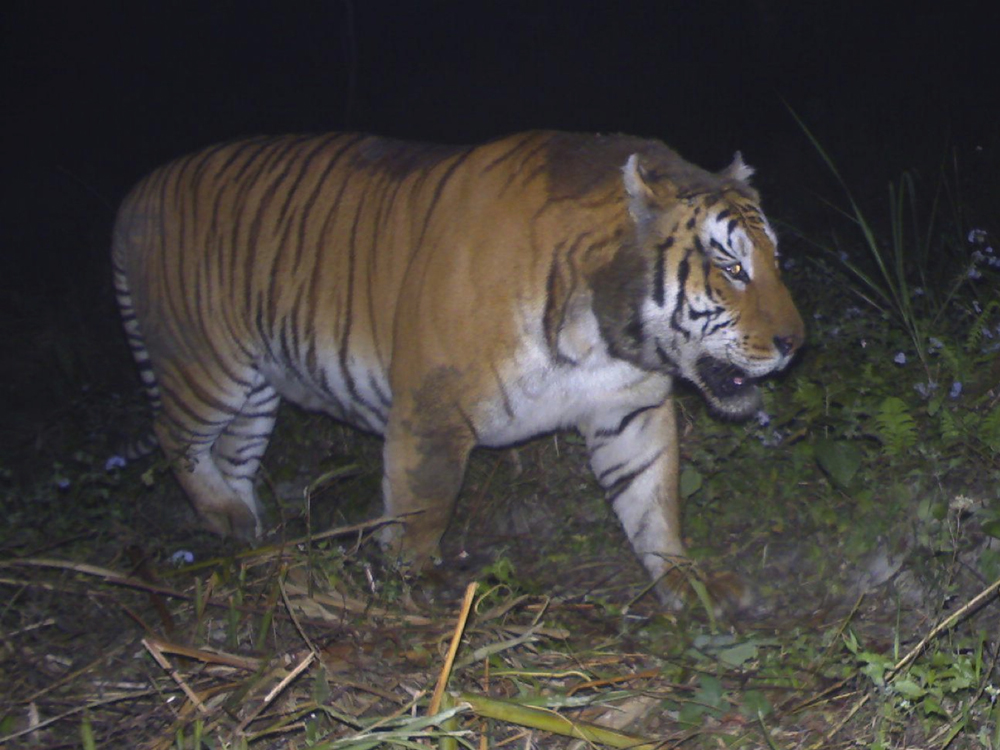
A large male tiger snapped by a camera trap in Kaziranga National Park in India. Male Bengal tigers can weigh more than 500 pounds (220 kilograms). The park has a high density of prey animals and dead biomass, such as elephants, rhinos and buffalo who died of natural causes, for tigers to feast on.
Female tiger

Female tigers, such as the Kaziranga National Park resident seen here, are on average smaller in size than male tigers.
Kaziranga tiger

Researchers with the conservation group Aaranyak must constantly move their camera traps, as tigers quickly learn to avoid the flashing boxes, said conservation biologist Firoz Ahmed.



